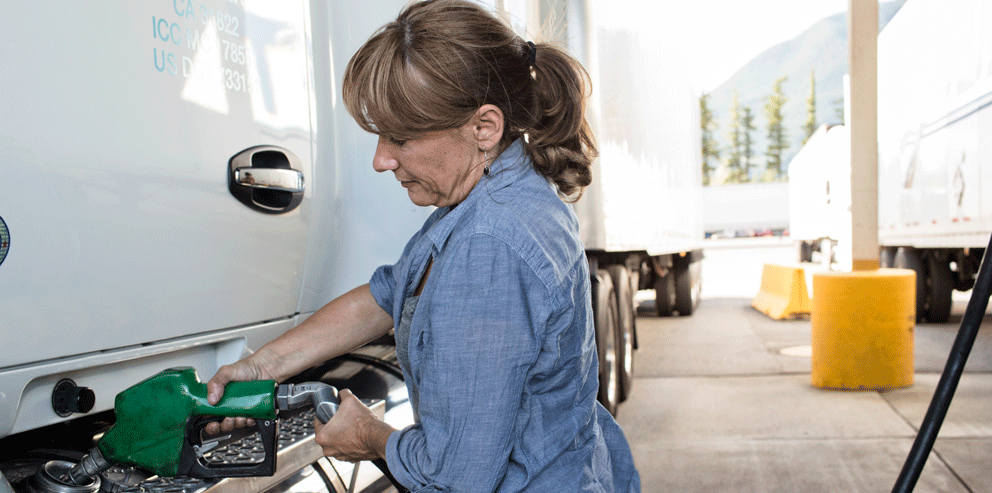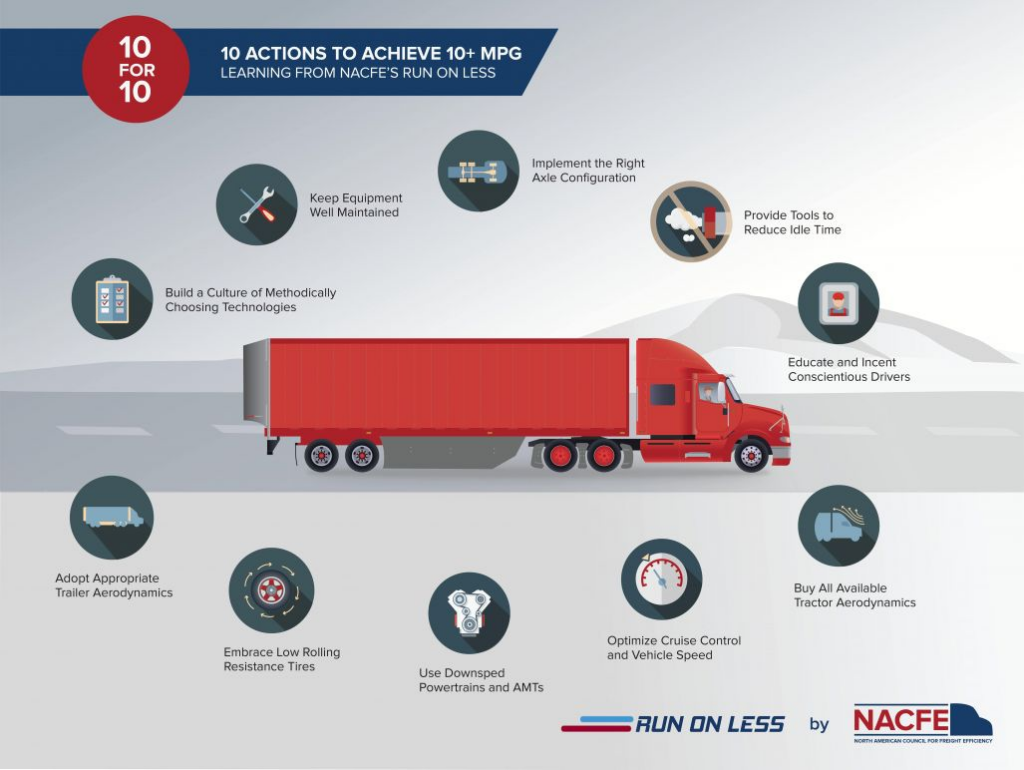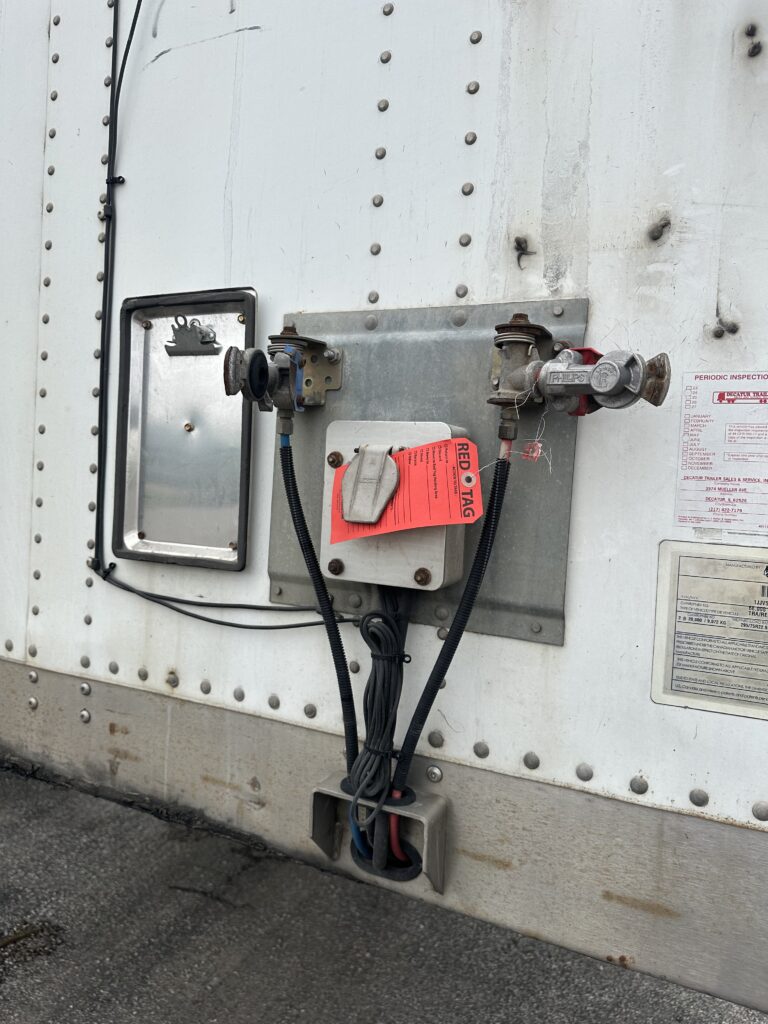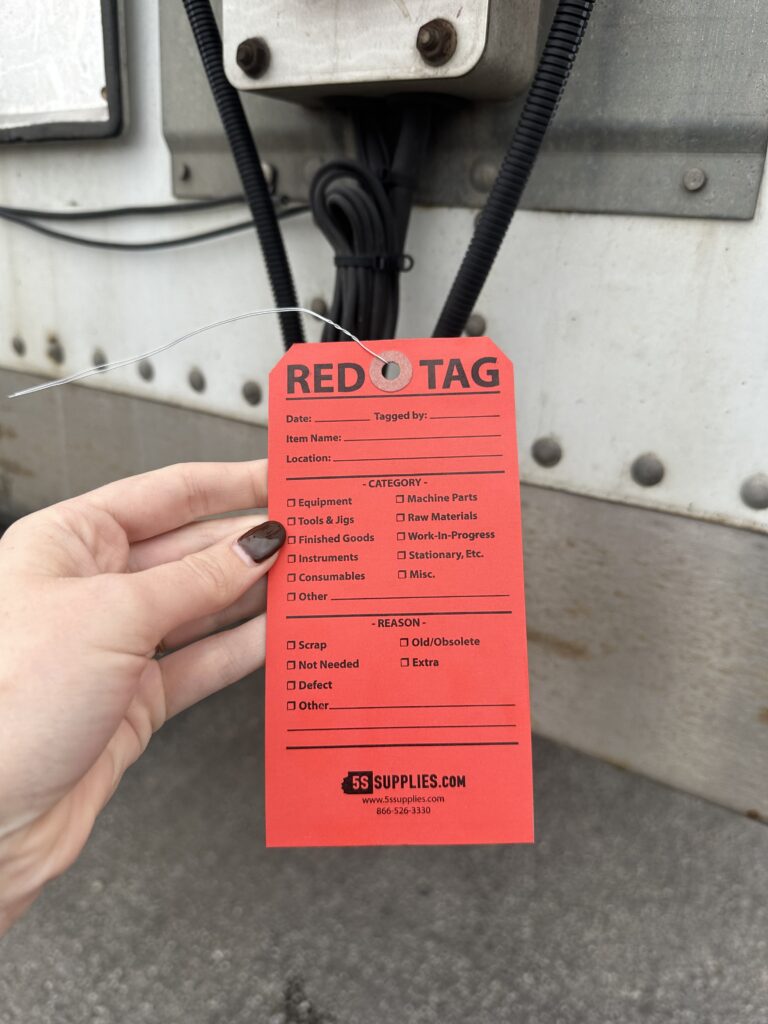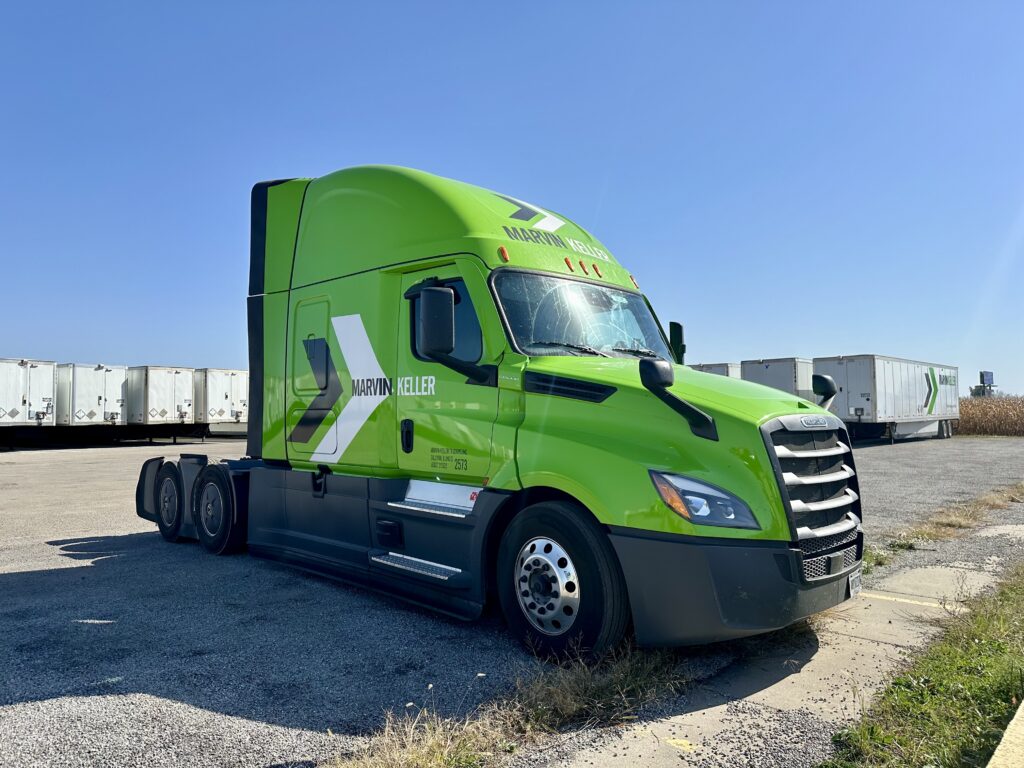
How many times have you sat around idly while worrying about all the things you need to get done instead of just doing them? I think we’ve all had times when we felt overwhelmed by our workload and weren’t sure how to get started. Proper time management is essential in any profession. Professional truck driving is no exception and probably requires more attention than other fields. Because the nature of the job involves a lot of unknown variables, it’s incredibly important to have a plan of action each day and learn how to manage the short amount of time in which to complete the necessary tasks.
When you effectively manage your work time, the benefits will carry over to your personal life as well. It goes without saying that those who have good time-management skills are more productive as they have more time to devote to tasks. This also results in higher-quality work and greater overall profitability. An integral part of time management is knowing how to appropriately allocate your time. Here are some tips:
- Learn what tasks take the most time and allocate your time to leave the most for the most important activities
- Set priorities based on urgency and importance of tasks, avoiding non-important tasks.
- Get organized! Clutter has a negative impact on well-being and productivity
- Avoid multi-tasking; studies show it doesn’t save time because when you have to switch from one task to another your focus and concentration is broken and you lose productivity
- Avoid procrastinating
- It’s often hard to remember everything you have to do, so use planning tools if you need to. Make notes; use a notebook, planner, or phone apps to keep track of your priorities.
As a driver, the best way for you to make good use of your time is to trip plan. Plan a routine and follow it every day, writing down all your steps if that helps you follow it. The effects of good-time management are not just related to productivity. It also benefits your personal well-being. When you’re not worried about having to cram in all your work duties, you have more free time to do the things you want. You also have more energy and less stress.
The most successful and resilient companies foster a culture of discipline and responsibility. A company is only as successful as its team members. If you need help forming a routine or are struggling to maintain productivity, please reach out to your driver manager as they can help with trip planning and anything else to help you perform at your best.
